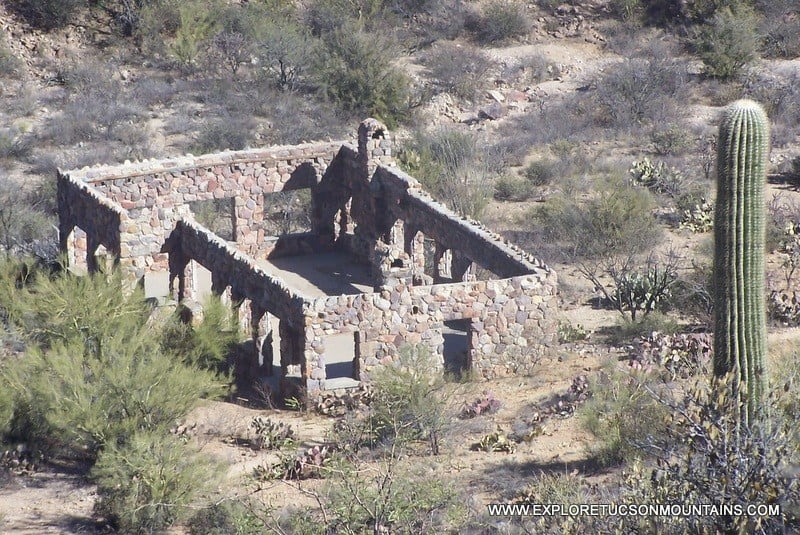Wakely Mountain Fire Tower Reopens To The Public

The New York State Department of Environmental Conservation (DEC) announced today that repairs to the Wakely  Mountain Fire Tower are complete. The public can once again hike to the summit of the mountain, climb the fire tower, and enjoy the 360° panoramic views of the central Adirondacks from the cab of the tower. The improvements are a part of Governor Andrew M. Cuomo’s Adventure NY Initiative to connect more New Yorkers with nature.
Mountain Fire Tower are complete. The public can once again hike to the summit of the mountain, climb the fire tower, and enjoy the 360° panoramic views of the central Adirondacks from the cab of the tower. The improvements are a part of Governor Andrew M. Cuomo’s Adventure NY Initiative to connect more New Yorkers with nature.
Located in the Wakely Mountain Primitive Area in Hamilton County, the 70-foot tall Wakely Mountain Fire Tower is the tallest fire tower in the Adirondacks. The fire tower was damaged by winds during the winter of 2017, making it unsafe and in danger of toppling over. DEC closed the fire tower and the trail up the mountain for public safety reasons until repairs could be completed.
A DEC crew and the project’s contractor – Vanna Constructions of Saranac Lake, NY, spent eight days on the mountain summit replacing all four concrete footings and installing new hardware and fasteners, examining and tightening all nuts and bolts on the structure, removing guy wires, and installing a new roof.

In addition, trees and brush were cut back around the helipad and the trail was brushed out. DEC Forest Rangers, New York State Police Aviation Unit, and Student Conservation Association Backcountry Stewards provided assistance.
The fire tower was constructed in 1916, replacing a wooden fire tower constructed in 1911. The AerMotor Model # LL‐25 tower is listed on the New York State and National Registers of Historic Places. It is one of four fire towers of this model that remain standing today, and the only one with a portion of the original steel ladder still attached to the tower structure. The fire tower was staffed and used for fire observation until 1988.
The repair project cost $47,500 and was funded through NY Works Infrastructure funding.

